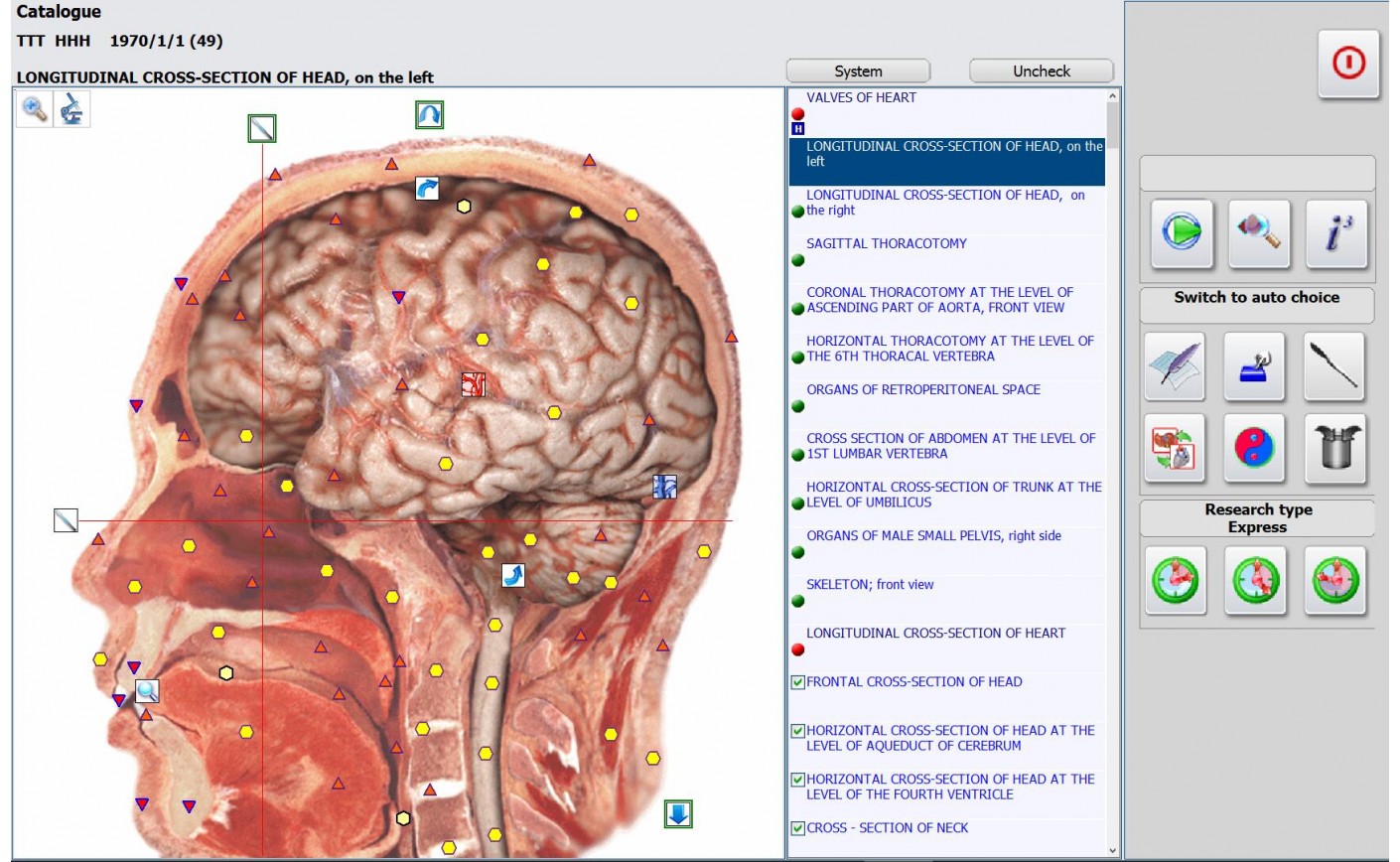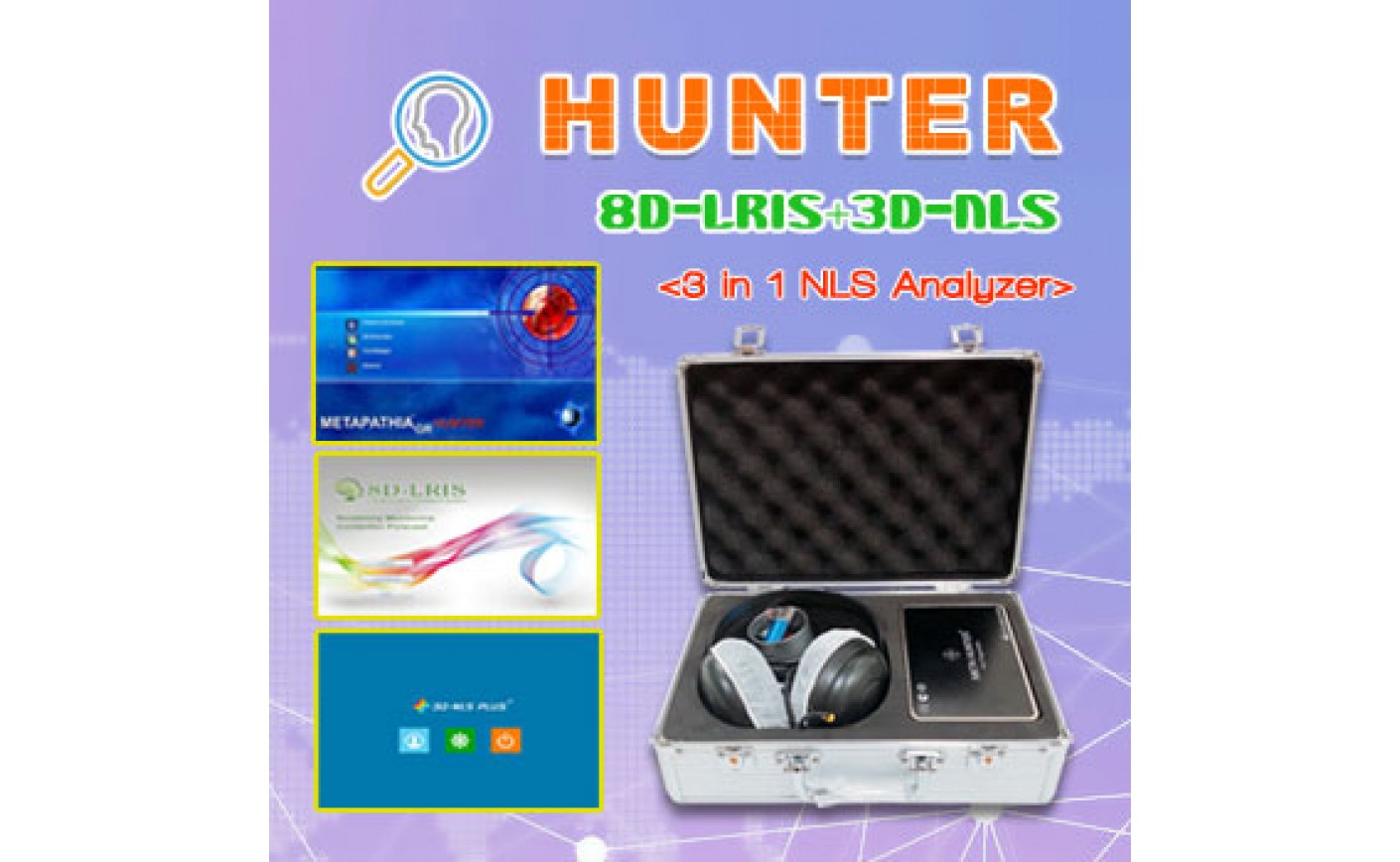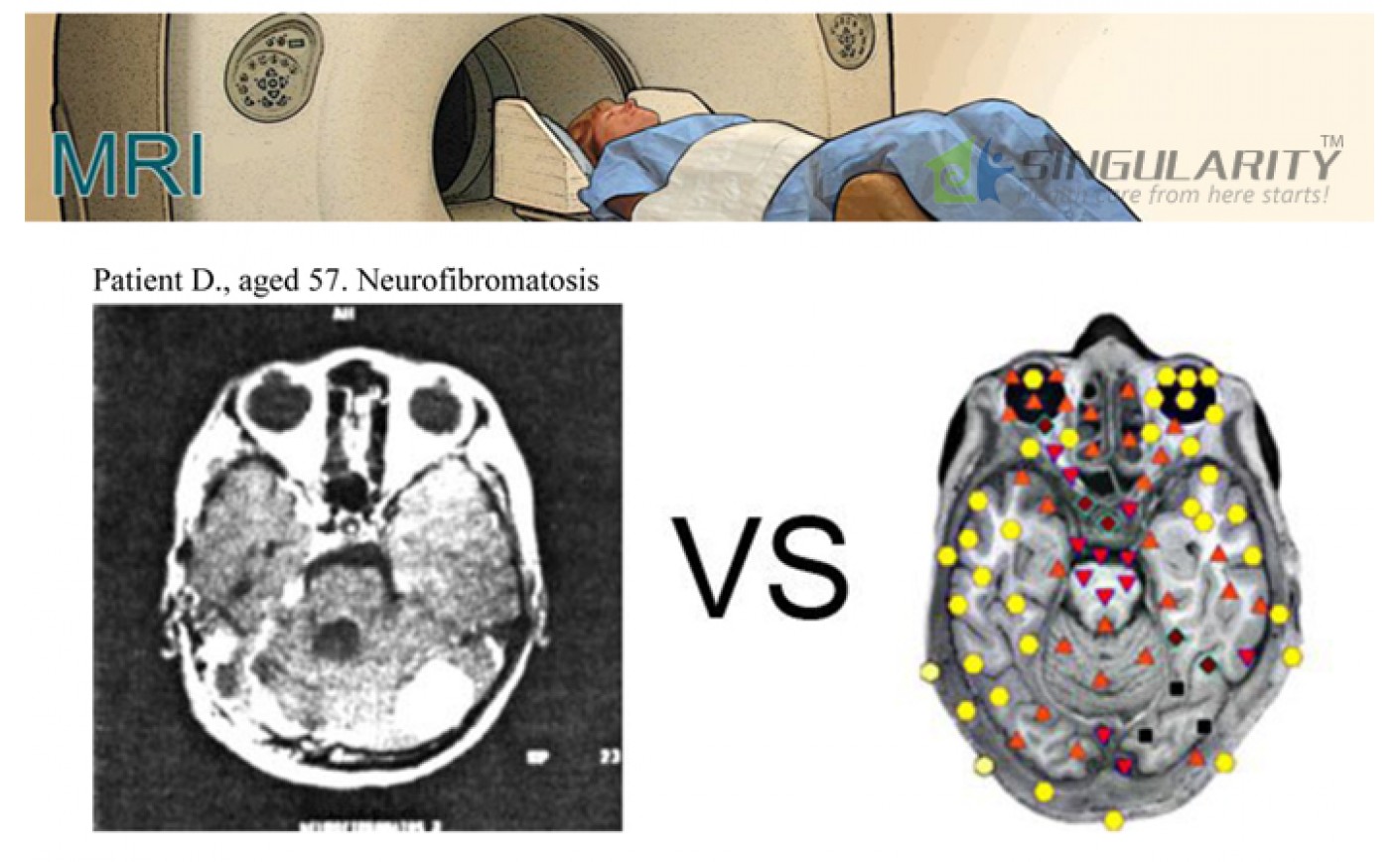Diagnostics Of Intervertebral Discs ŌĆō 3D-NLS By Metatron 4025 Hunter And CT
Numerous studies prove that two thirds of people seek medical advice due to low-back pain. The most frequent reason of low-back pain is degenerative changes of intervertebral discs.
Main objective of diagnostics is to distinguish age-related changes in discs morphology from changes related to pathological degeneration of discs leading to neural compression. However it is quite possible that pathological degeneration of discs is just speeding up of normal ageing process; pathophysiology of this process is rather complicated and unknown in many aspects.
Degenerative changes of intervertebral discs may be registered after first 10 years of life of a man and 10 years later in women. However etiology of neurologic symptomatology at lumbodynia is much more complicated than simple mechanical compression of neural structures. Origins of pain are described in many studies: issues concerning roles of chemical stimuli, autoimmune complexes, etc. are debated.
It is well known that in many cases weak correlation between results of radio examination and clinical symptoms is registered, i.e. in patients with marked degenerative-dystrophic damages no clinical presentations are registered, at the same time in patients with severe clinical symptoms radiologist detects minor signs of vertebral region degeneration only.
Scientific progress provided therapist with high-precision methods of spine examination, such as computed tomography (CT).
Some people believe that routine methods of spine radio research, such as radiography, myelography and discography became things of the past and represents historical interest only. Sometimes clinician has no exact idea for what kind of examination low-back pain patient should be subjected to.
There is an opinion that computed tomography replaces all other diagnostic methods and must be applied as the only diagnostics method, but it is not true. Three-dimensional NLS-graphy method by Metatron 4025 Hunter, introduced in recent years, with its usability and low price, in many cases is more informative and, in general, more available than computed tomography.
Concerning such invasive research method as myelography: with available modern CT and NLS equipment practicability of myelography application may be considered only for examination of patients with spinal stenosis combined with scoliosis.
CT provides required information about topographic and anatomical relations in spinal segment, specifies the charecter of bone tissue pathological damages and visualises the vertebral canal and paravertebral area structures. CT has high sensitivity in detection of protrusions and vertebral hernia, allowing us to specify their localisation and degree of volumetric damage. In the first place CT is prescribed in cases when according to radiology reason of pain syndrome is, probably changes of in the bone structure of vertebrae like osteophytes, stenosis of vertebral canal, dysplasia, development abnormalities, spondylolisthesis, spondylolysis, spondylarthrosis and tumors.
Taking into consideration radio stress, CT examination is usually limited by two inter vertebral discs, where radicular syndrome is detected clinically.
Nowadays, in our opinion, the most accurate method of degenerative damages diagnostics is 3D NLS-scanning together with spectral-entropy analysis (SEA) of cartilaginous and bone tissue in affection area.
Thanks to high resolution of NLS-equipment, this method not only reveals morphological damages, but also provides information about degree of changes in degenerating discs.
Therefore, patient suffering from spondylogenic pain syndrome should be subjected, first of all, to radiology examination of spine with functional tests. In cases when there is clinical picture of irritation or spine neural structures compression and radiography did not register significant deformation of vertebras bone elements, it is recommended to carry out NLS-microscanning of damaged area with SEA.
Optimal algorithm of patients with degenerative- dystrophic diseases of spine examination makes possible not only to decrease material expenses of a healing institution and a patient, but also to optimise diagnostics process which promotes increasing of patients treatment quality.



